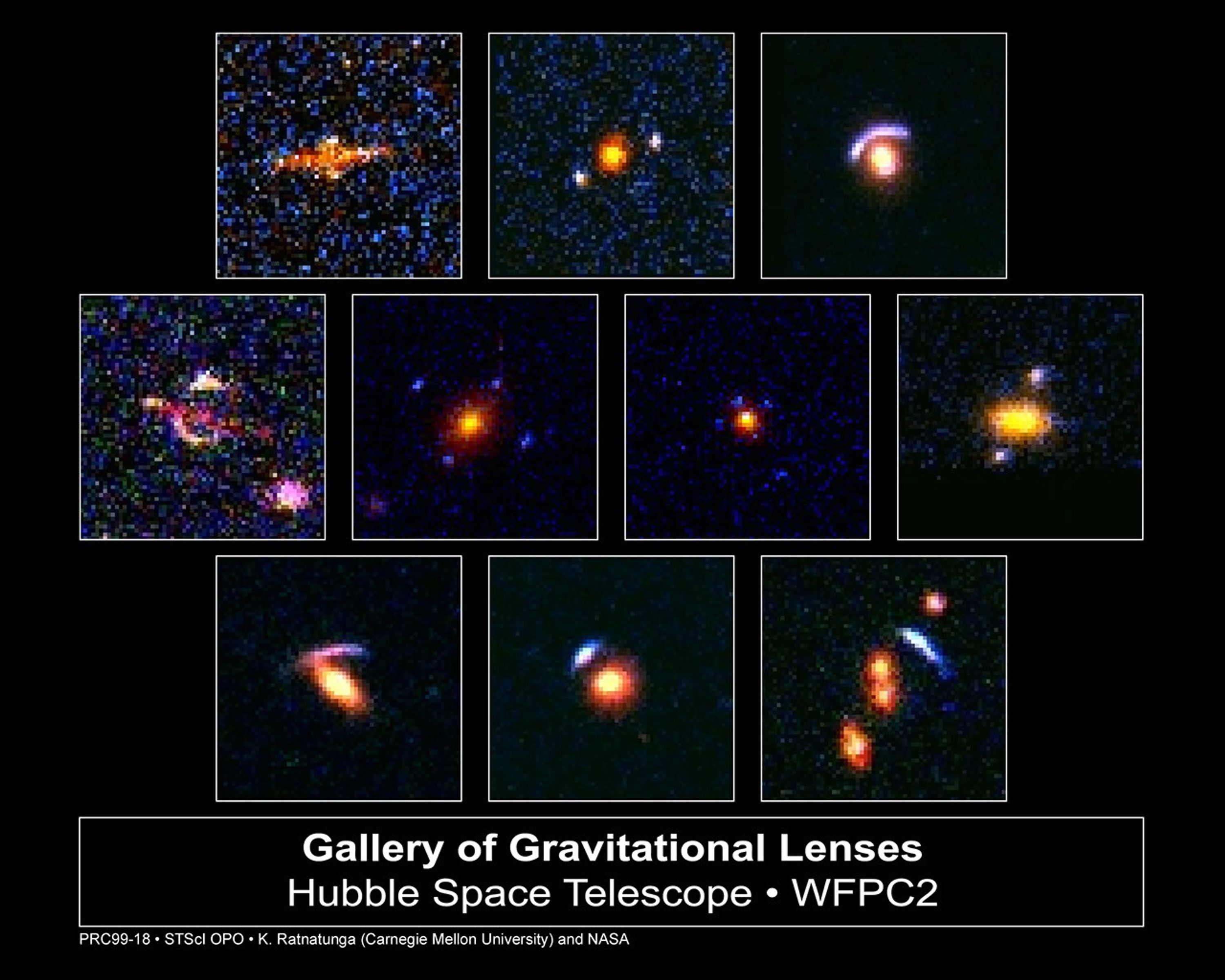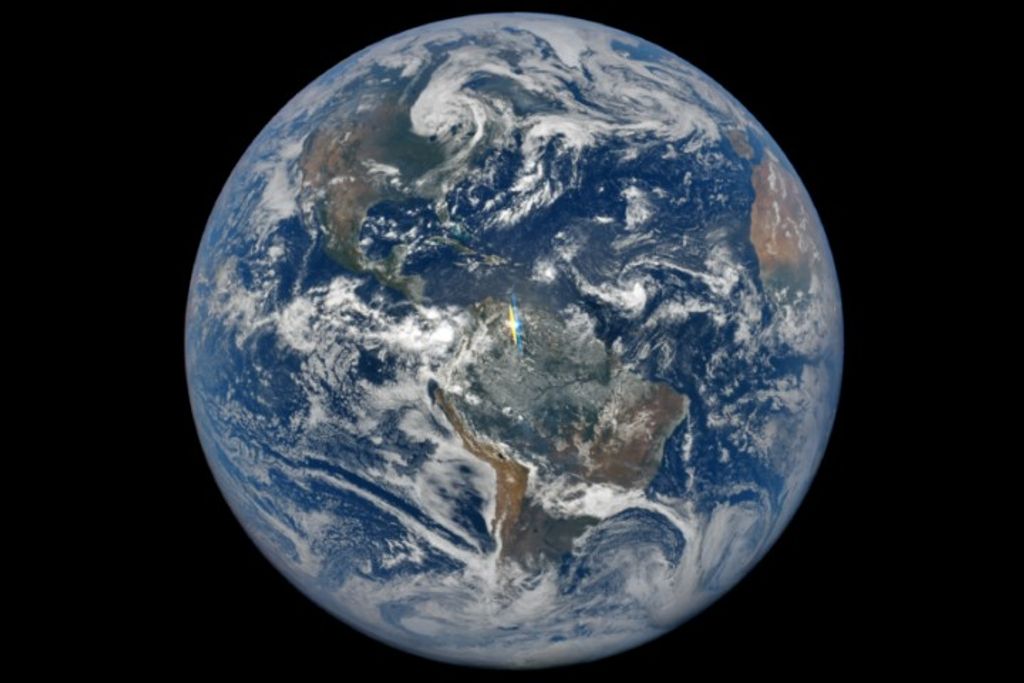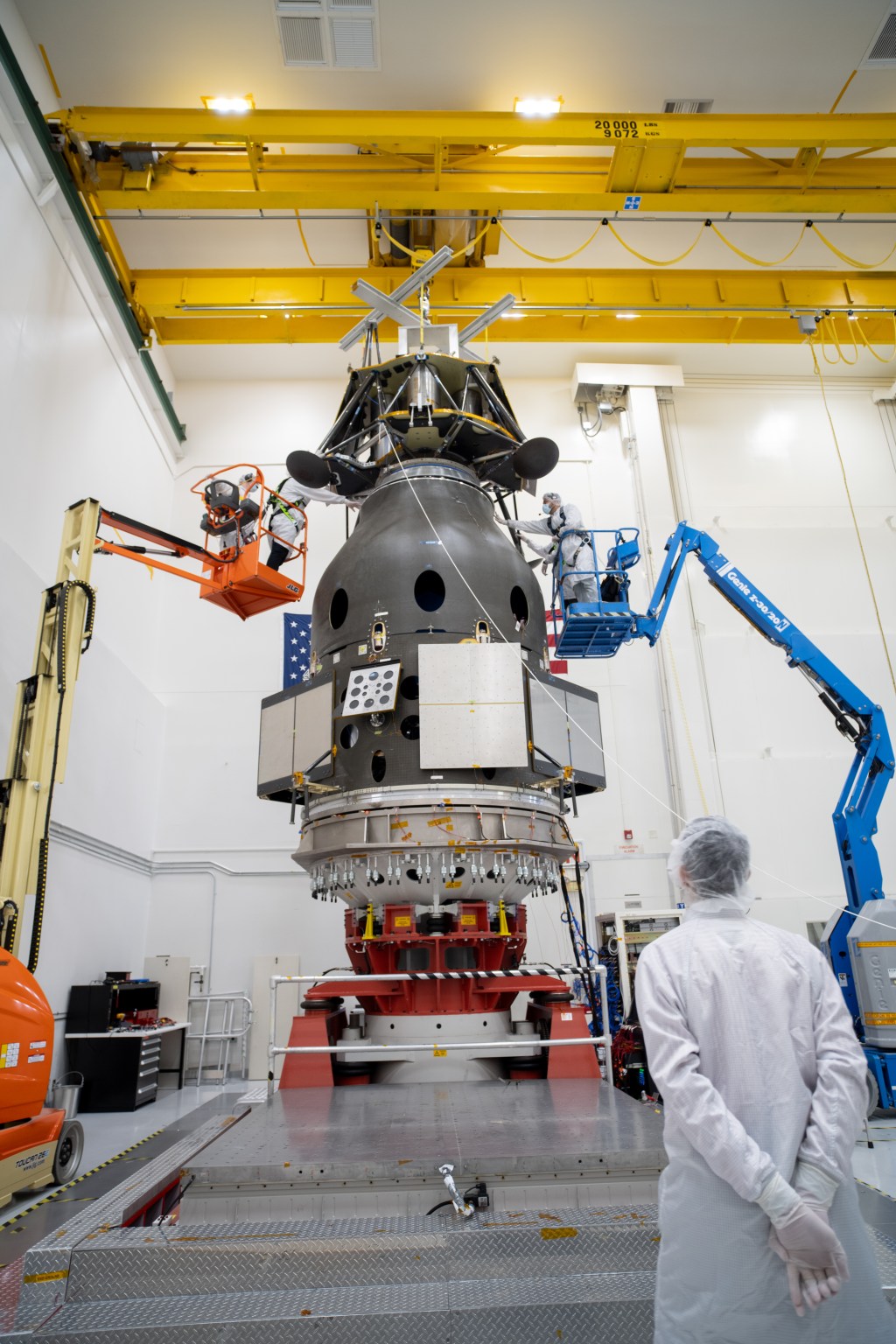The NASA Hubble Space Telescope serendipitous survey of the sky has uncovered exotic patterns, rings, arcs and crosses that are all optical mirages produced by a gravitational lens, nature's equivalent of having giant magnifying glass in space.
A gravitational lens is created when the gravity of a massive foreground object, such as a galaxy or black hole, bends the light coming from a far more distant galaxy directly behind it. This focuses the light to give multiple or distorted images of the background object as seen by the observer.
A quick look at over 500 Hubble fields of sky has uncovered 10 interesting lens candidates in the deepest 100 fields. This is a significant increase in the number of known optical gravitational lenses. Hubble's sensitivity and high resolution allow it to see faint and distant lenses that cannot be detected with ground-based telescopes whose images are blurred by Earth's atmosphere. An analysis of this "Top Ten" list of Hubble gravitational lenses is published by Kavan Ratnatunga and Richard Griffiths of Carnegie Mellon University in the May issue of the Astronomical Journal.
The amount of gravitational lensing in the universe depends strongly on the cosmological constant, a hypothesized repulsive force that indicates the universe is older and larger than without this force. Therefore a large cosmological constant implies a larger number of more distant objects whose light can, by chance, pass close to a massive galaxy on its way to Earth and appear lensed.
The 100 Hubble fields cover a total area equal to that of the full Moon. Hubble's ability to see so many of these lenses in a small fraction of the sky takes them from being a scientific curiosity to serving as a potentially powerful tool for probing the universe's evolution and expansion.
"In fact, these much more distant gravitational lenses are potentially more valuable to derive fundamental cosmological parameters than relatively closer lenses discovered from ground-based observations," says Ratnatunga. "Follow-up spectroscopic observations are now needed to verify that the object is far more distant than the lensing galaxy seen at the center, as well as to derive better distance estimates to confirm that multiple images really belong to the same object. These are however very difficult observations even for the largest ground-based telescopes."
The Hubble images in which these lenses were discovered are part of the Medium Deep Survey database. The survey catalog contains over 200,000 objects, mostly faint galaxies. The public can search the catalog at http://www.stsci.edu/mds/ and study the myriad of never-before-seen galaxies from this huge Hubble database on their own home computer. Users can call up one of 500 survey fields and mouse-click on any galaxy image to see a full resolution view of the galaxy and estimates of its shape and brightness. Visitors can even look for patterns that may be caused by a gravitational lens. Hubble astronomers expect that there could be a few hundred more lenses which are more difficult to identify confidently in these images.
In 1936 Albert Einstein computed the gravitational deflection of light by massive objects and showed that an image can be highly magnified if the observer, source and the lensing object are well aligned. However, the lensed image separations were predicted to be so small in angular size, Einstein knew they were beyond the capabilities of ground-based optical telescopes. This made him remark that "there is no great chance of observing this phenomenon."
It wasn't for another 40 years since Einstein's conclusion that the first gravitational lens was discovered in 1979. Several bright and nearby lenses have been discovered since then from ground-based observations.
Further lens discoveries required Hubble's high resolution Wide Field Planetary Camera 2 (WFPC2) which allows the search extended to much fainter and farther objects. It is expected that the Advanced Camera for Surveys, to be installed on Hubble in the year 2000, will be able to discover many more gravitational lenses because of its sensitivity and relatively wide-angle coverage.
4 min read
Natural Lenses in Space Stretch Hubble’s View of the Universe
The NASA Hubble Space Telescope serendipitous survey of the sky has uncovered exotic patterns, rings, arcs and crosses that are all optical mirages produced by a gravitational lens, nature's equivalent of having giant magnifying glass in space. Shown are the top 10 lens...
Kavan Ratnatunga (Carnegie Mellon Univ.) and NASA
Related Images & Videos

Hubble's Top Ten Gravitational Lenses
The NASA Hubble Space Telescope serendipitous survey of the sky has uncovered exotic patterns, rings, arcs and crosses that are all optical mirages produced by a gravitational lens, nature's equivalent of having giant magnifying glass in space. Shown are the top 10 lens...
Share
Details
Last Updated
Dec 14, 2025
Contact
Media
Claire Andreoli
NASA’s Goddard Space Flight Center
Greenbelt, Maryland
claire.andreoli@nasa.gov
Credits
Kavan Ratnatunga (Carnegie Mellon Univ.) and NASA






































